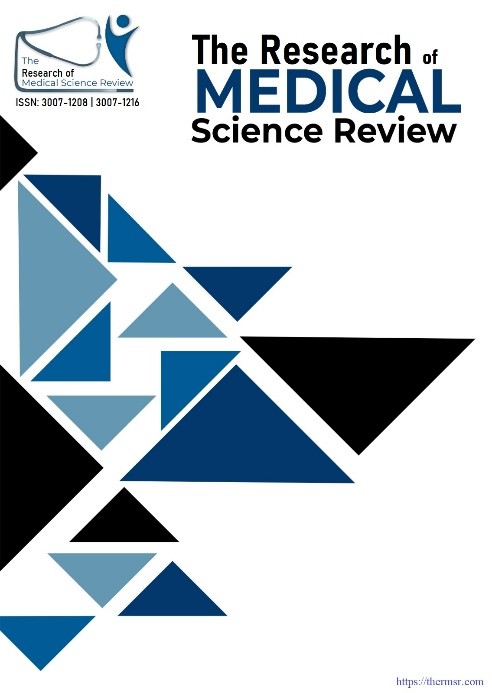FREQUENCY OF HYDRONEPHROSIS ASSOCIATED WITH NEPHROLITHIASIS IN HAYATABAD MEDICAL COMPLEX, PESHAWAR (A SONOGRAPHIC BASED STUDY)
Main Article Content
Abstract
Background: Hydronephrosis is a condition where renal pelvis and calyces become swollen or enlarged, is a significant health concern that can result from nephrolithiasis (kidney stones). The research study aimed to assess the frequency of hydronephrosis in conjunction with nephrolithiasis and to evaluate the use of sonography as a diagnostic tool.
Methodology: A cross-sectional descriptive study was carried out at Hayatabad Medical Complex, Peshawar. A total of 272 patients who underwent abdominal ultrasound for suspected nephrolithiasis were included. The study involved a comprehensive analysis of ultrasound reports to determine the presence and grade of hydronephrosis and size and location of nephrolithiasis.
Results: Out of 272 patients, 62 (22.8%) had both hydronephrosis and nephrolithiasis visualized on ultrasound. The majority of stones were observed in the size range of 7-12mm. No significant correlation was found between stone size or location and the presence of hydronephrosis. Gender distribution showed a higher incidence in males, and the 21–40 years age group was most affected.
Conclusion: Sonography proved effective in identifying nephrolithiasis and hydronephrosis, indicating a higher prevalence of both conditions in males and the specified age group. The study underlines the importance of ultrasound in diagnosing renal conditions, which could lead to timely and appropriate management of patients.
Downloads
Article Details
Section

This work is licensed under a Creative Commons Attribution-NonCommercial-NoDerivatives 4.0 International License.
